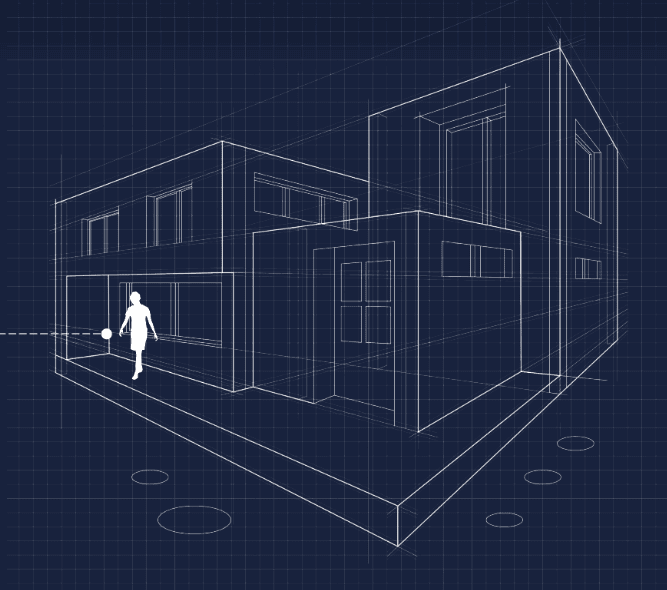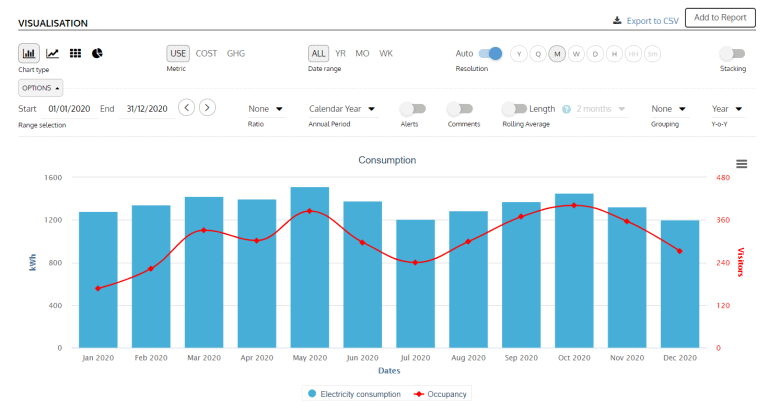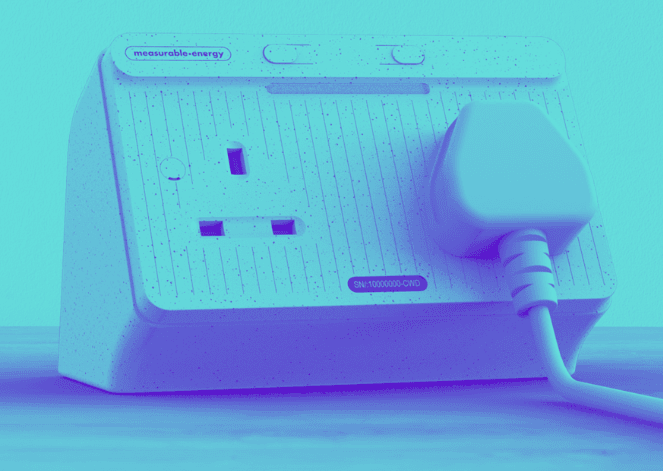Ubiqisense

Problem Addressed
How to ensure that energy only goes to areas where people are present, switching off lights, A/C and heating where not needed and ensuring spaces are optimised to adequately serve the right number of people, saving both money and energy.
This solution was sourced in response to one of UKGBC’s past challenges on ‘Linking Building Occupancy to Energy Use’.
Case Study
Ubiqisense worked with Aarhus University in Denmark to monitor the use of staff meeting rooms, study rooms, project rooms and auditoriums to understand utilisation patterns, occupancy, and demand. This data was used by the university to feed directly into their management strategies by better understanding demand for space, as well as to optimise energy use by releasing rooms where occupancy was not as expected.
Facts and Figures
This page presents data, evidence, and solutions that are provided by our partners and members and should therefore not be attributed to UKGBC. While we showcase these solutions for inspiration, to build consensus, and create momentum for climate action, UKGBC does not offer commercial endorsement of individual solutions. If you would like to quote something from this page, or more information, please contact our Communications team at media@ukgbc.org.
Related members
Related
SIMS: Smart Indoor Management System

LightFi

Fabriq OS

A smart socket to reduce emissions

